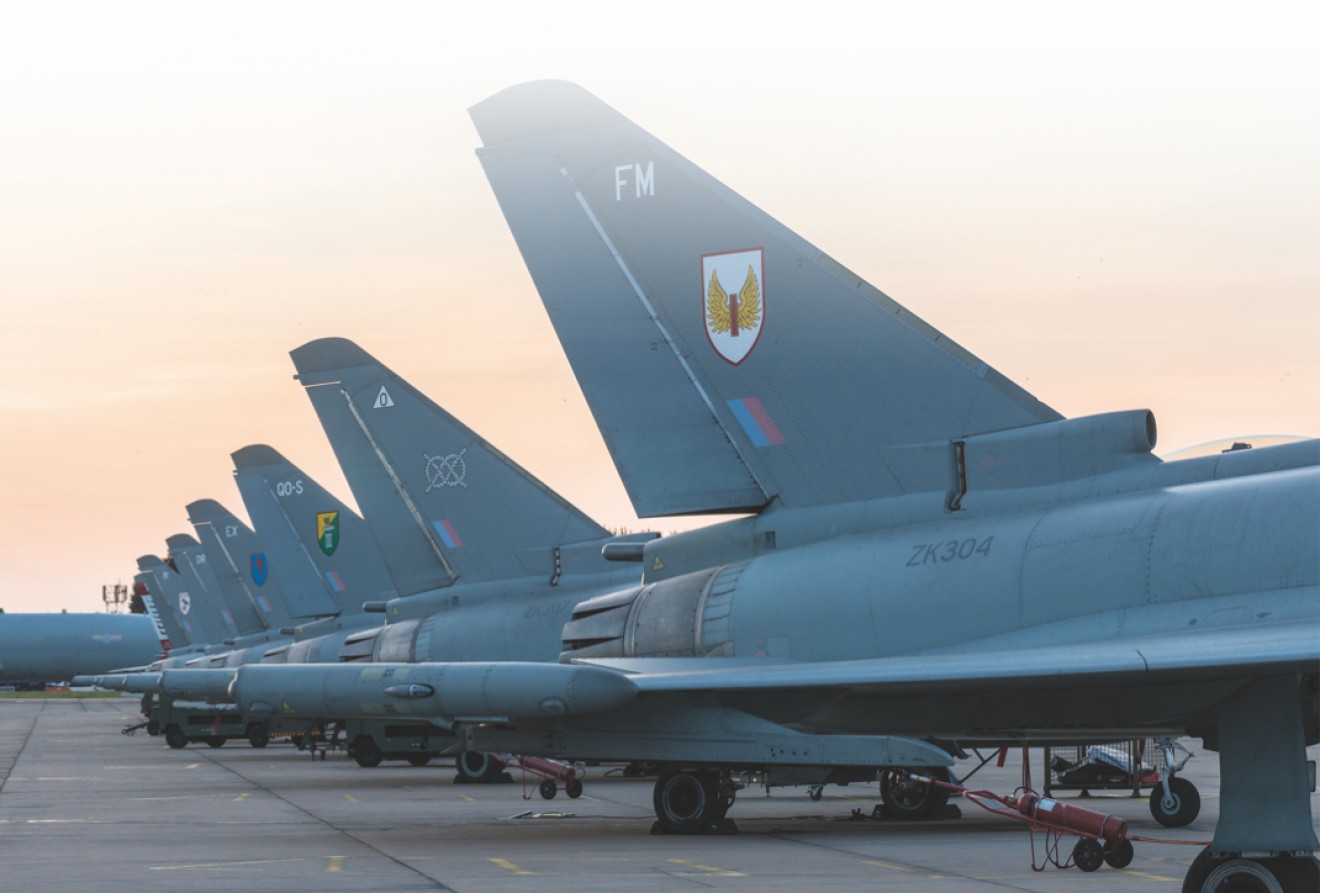Two years into a 10-year programme to deliver flying hours and reduce costs, all parties are happy that the TyTAN contract is on track to hit its KPIs. Not surprisingly air forces around the world are interested in how these targets have been achieved. Wing Commander Mark Butterworth, Officer Commanding Engineering and Logistics Wing at RAF Coningsby sums it up in one word — trust.
“What we have achieved to date on TyTAN has been quite incredible,” he says as he looks out of his office window across the busy flight line at RAF Coningsby.
“We’re all really inspired by the distance we have come in two short years because we have changed cultures and brought people together in a way that we have not done before. Today we are thinking in a different way, partnering in a different way.
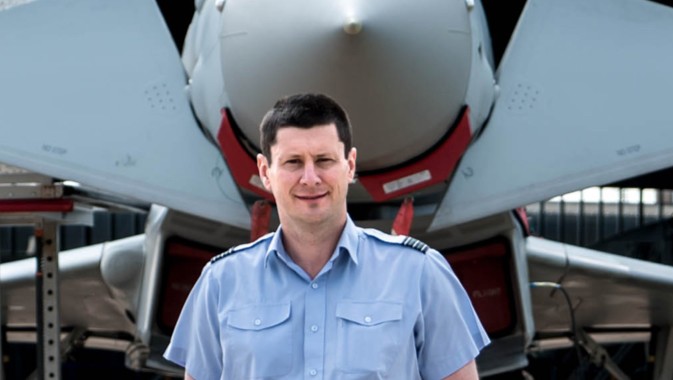
“Since starting TyTAN the level of trust and collaboration has gone through the roof. It’s the main change for me. We are working far more closely than we used to.
“The RAF has much closer links with BAE Systems across every part of the base — whether that’s the support element, operations or on the squadrons. The company is now treated as one of our key communities— it participates in our command group and when we are organising events, like family days, it’s part of those.
“It is truly demonstrating the ‘whole force concept’ we’ve been striving for. It shows how we can embed an industry partner within an airbase and make a real success out of it. All of this makes a big difference to what we are achieving.”
Alison Ballard, BAE Systems’ Head of Transformation for TyTAN agrees. “I think the improved relationship that we have developed over the first two years of the contract and the whole force attitude that we all have will really stand us in good stead for the next eight years.”
What has TyTAN actually achieved in the 24 months since its inception? Well it’s not only hit but exceeded its flying hours target in both years, and cost savings are on track. To achieve this there are a number of projects under the TyTAN banner that look at how the operating model can be shaped to meet the cost challenge.
One of the first big changes under TyTAN has been the extension to the maintenance programme. Previously jets were on a 500-hour cycle for a scheduled maintenance visit. That’s now been extended out to 625 hours.
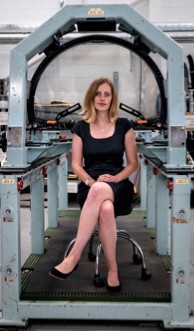
Pic: Alison Ballard
Says Alison: “That means less maintenance and more savings on spares and labour. Over the 10-year period of TyTAN, that removes a number of maintenance events and saves several millions.”
Another example where TyTAN has had a major impact is the establishment of a joint planning cell that looks at the whole fleet with all three parties – DE&S, RAF and BAE Systems – around the table.
“We all leave our company badges at the door, look at the fleet and say, ‘What is the most efficient way for this fleet to be maintained?’ rather than just focusing on our own specific elements of the puzzle, and this approach has driven significant changes.
“We are now much more knowledgeable and involved in the fleet planning. It has also driven the right behaviours, getting the three parties to work together. Everybody is working towards a common goal.”
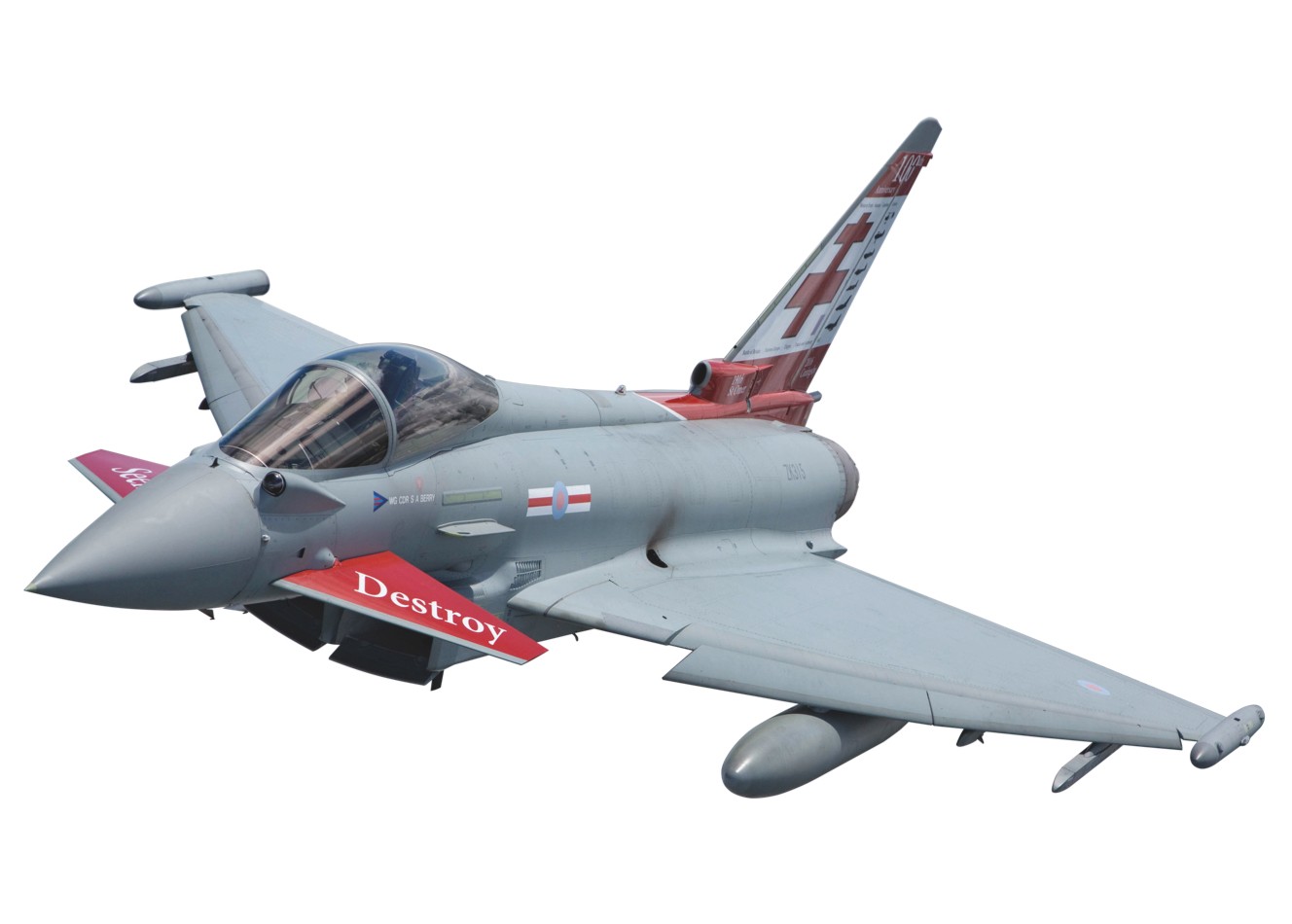
Alison believes that having a simple common goal has paid dividends. She says: “Under TyTAN we are paid to deliver a certain number of flying hours per year to the end customer, One Group. It’s a very simple measure that allows everybody to understand
what we are trying to deliver. It’s also a simple and easy message to communicate and one that has really helped align people whatever their role.
Barry Peach, BAE Systems UK Availability Technical Services Manager, is tasked with making sure TyTAN’s goals are met day to day in the maintenance hangars (themselves exemplars of collaboration, with 40 percent of the workforce provided to Barry’s team by the RAF).
“In the past, the more work we were doing, the more we got paid. However, once the MOD said we will only pay you if this capability produces an output, it completely changed the way we thought.
“Now, with TyTAN, we have a fixed price contract for ten years, which is great because we have longevity for our footprint here at Coningsby and it means people can make plans. But the other key thing with a fixed price contract is that the less work we do, the more we can feed back into the capability of the platform. We all recognise the benefit of delivering new capability for export and keeping the aircraft at the cutting edge.
“Effectively, we are focusing on the strategic fleet plan and how we can build efficiency into my part of the organisation.”
Part of that change has been the introduction of personal licensing; another, the way the teams are structured. “We have changed the teams so that they are now aligned in cohorts, with a team leader in charge of up to three aircraft at any one time. That gives me greater flexibility on the shop floor and means I can give the customer the right kind of aircraft herequires to deliver his combat effect.”
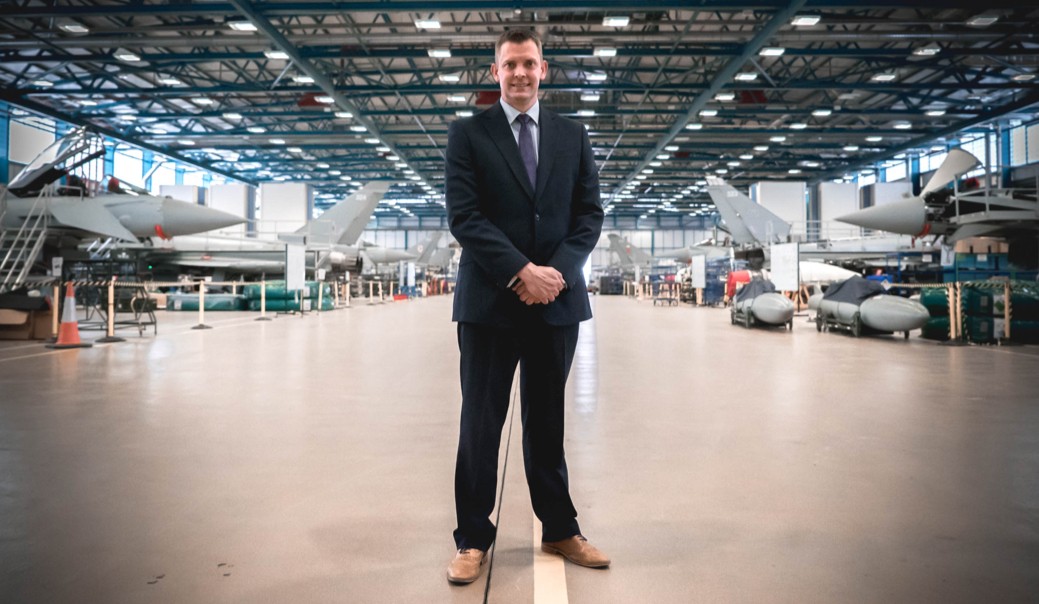
Pic: Barry Peach
This kind of thinking is key for the RAF and, for Wing Commander Butterworth, it’s been a fundamental change of focus. “Previous contracts used to be about aircraft maintenance, the engineering state, the airworthiness, having the right spares in the right place and so on.
“With TyTAN we are moving into areas of availability that we’ve never even considered before in the operating domain. It’s about thinking more about maximising the use of the aircraft. BAE Systems teams look at how they can support us in doing the job better.
“Moving the concept to operating the aircraft is not a subtle difference — it’s a big, big difference.
“We have talked about availability contracts for a long time and I think TyTAN was always the logical step. What we always wanted to achieve was to be able to put the contract in the bottom drawer and collectively do whatever was needed in order to deliver an output. We are now in a true availability-style contract.
“We are two years in and have made phenomenal progress but that doesn’t mean we have achieved a plateau yet. I don’t just need my Typhoon pilots to get airborne for an hour, we need them to get airborne and practice a particular skillset. We now need to focus our efforts on delivering available, airworthy and ‘capable’ aircraft.
“What’s been really heartening to see is our industry adapting to the changing demand, and demonstrating exceptional flexibility and willingness to learn. They’ve embraced new ideas to really try and understand our business.”
For Barry, partnership is key: “We couldn’t have done this on our own. We have become more aware of why the customer makes certain demands, all through better understanding and closer working.”
The success of TyTAN has generated keen interest from the military around the world. Says Alison: “RAF Coningsby has become a shop window to show how availability contracting can be done. Every export customer is different, and each has different requirements out of the aircraft and its support solution but TyTAN is good because it is so flexible.
“Qatar, for example, want an in-country solution with facilities built in Qatar. But initially they want to benefit from partnering with the RAF. We now have a proven model here of how we work with the RAF and air forces, and industry can come over here and learn from that model.”
Looking to the future, one of the big tests all three identify is embedding the culture. “The challenge as people move roles in each organisation is how we make the new behaviour patterns stick and make the trust we’ve developed ‘business as usual’. “We are all really happy with what we have achieved so far but recognise that it is not complete yet — not by a long way.”
